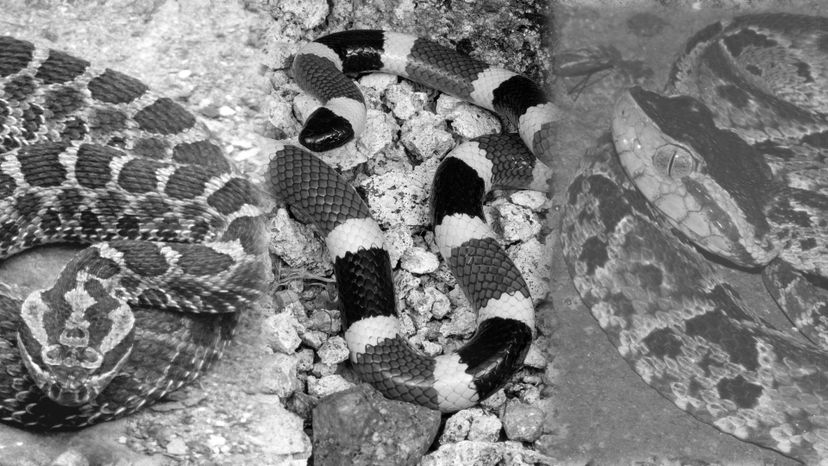
About This Quiz
Over the years, venomous animals, particularly snakes, have been given a bad name because of their ability to kill people within hours of biting them. These animals can be found all over the world and while they are able to kill humans and other animals, in most cases, they are acting in self defense. On the bright side, there are some snakes whose venom contains substances that help to cure diseases and ailments.
People often use the words poisonous and venomous interchangeably, but the two words are quite different. They are both toxins, but the difference lies in how it is delivered. Poisons can be inhaled, ingested administered directly on the skin, while venom is delivered through fangs, teeth, and stingers.
Venom from snakes contains a variety of toxins, some of which are able to cause symptoms ranging from vomiting, nausea, and itching to cardiac arrest, respiratory failure, and even death.
How well do you know some of the world's most venomous and deadly snakes? If you were given black and white images of these snakes, would you be able to identify them? If you would like to find out how much you know about these animals, then you should take this quiz!
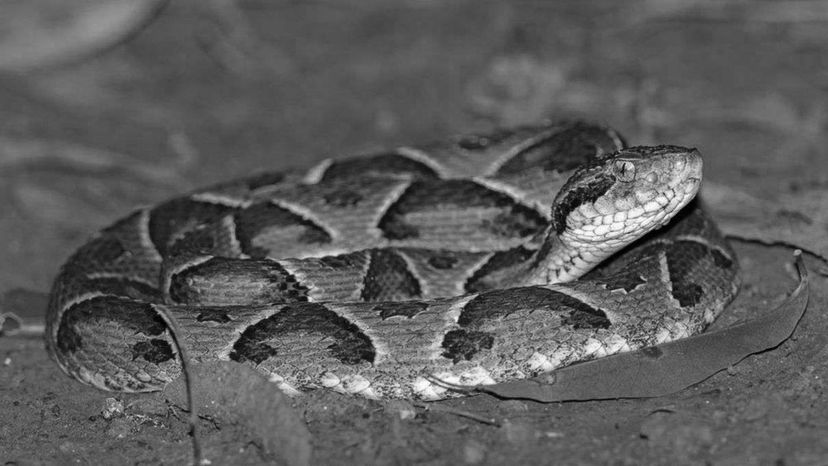
The Bothrops jararaca, better known as the jararaca, is a species of pit vipers which are endemic to Brazil, Paraguay, and northern Argentina, where it is known for venomous bites. Drugs like angiotensin-converting enzyme inhibitors used to treat various heart problems were developed from a peptide in the snake’s venom.
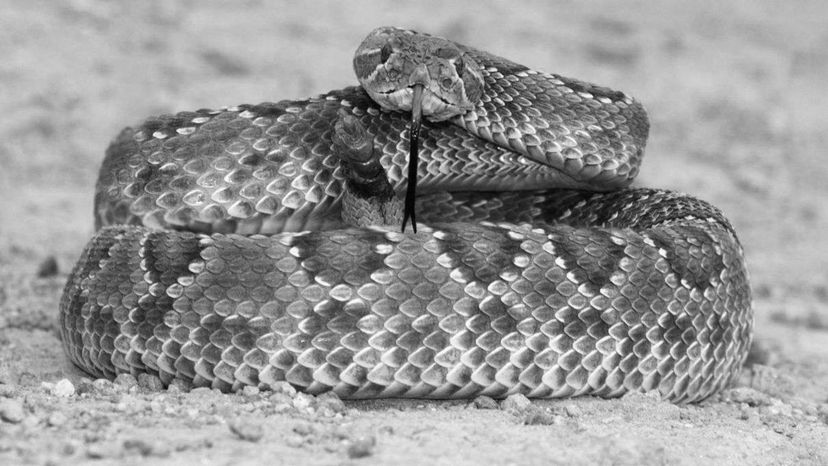
The Mojave rattlesnake is a venomous pit snake found in the deserts of central Mexico and the southwestern United States. It is considered to have the most potent rattlesnake venom in the world, but fatalities are not as common as you think due to the availability of anti-venom.
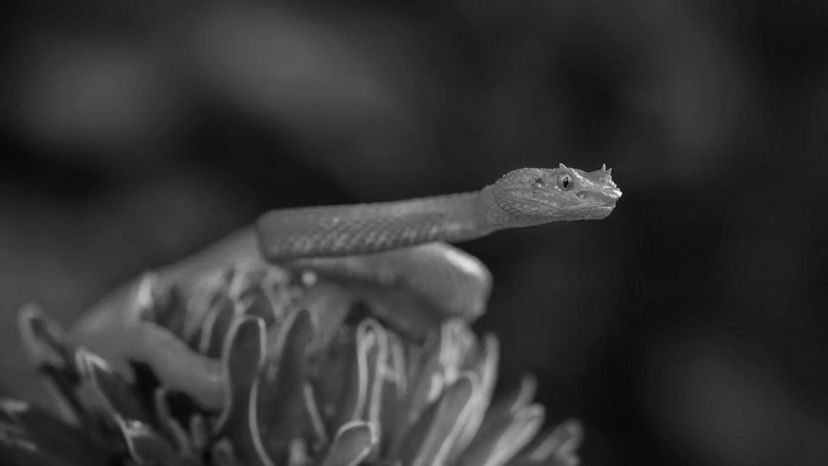
The eyelash viper is a venomous pit viper found in Central and South America. These tree-dwelling snakes come in a variety of colors, but all are known for the superciliary scales above their eyes, giving them their name. It is relatively small compared to the other pit vipers but people who leave a bite untreated can lose a limb or even die.
Advertisement
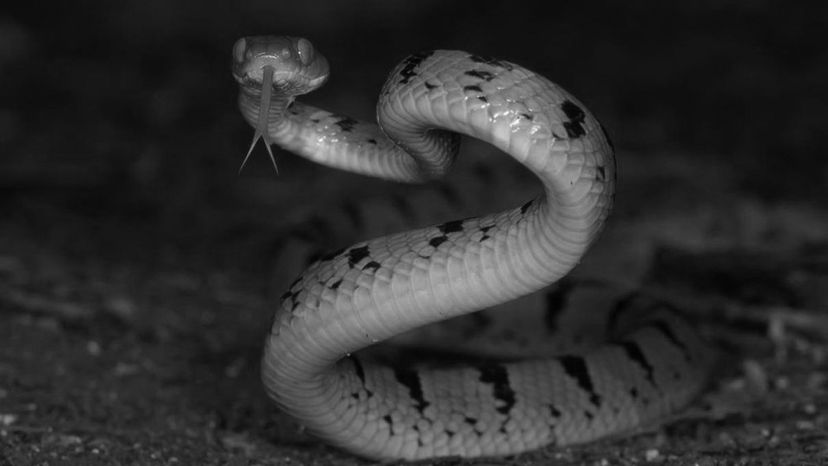
The tiger snake is a venomous snake found in parts of Australia and some of its coastal islands. These snakes account for almost 20 percent of snake bites in the country and the mortality rate is 40 percent to 60 percent if left untreated. Despite this, they are protected by the state and people who kill or injure these snakes can receive a prison sentence of over a year and a fine of $7,500.
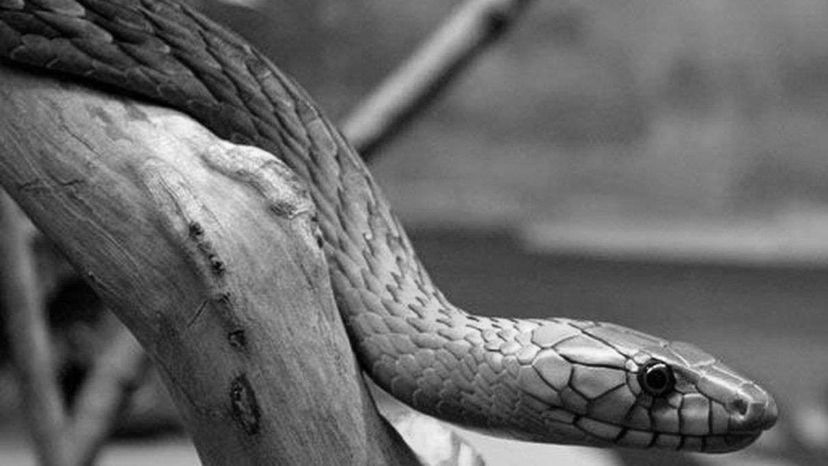
The Western green mamba, sometimes called the West African green mamba, is a fairly large tree-dwelling snake which is found in coastal and tropical regions of West Africa. Its venom is extremely potent and contains a very fast-acting cardio toxin and neurotoxin causing the mortality rate to be quite high.

The boomslang is a large venomous snake native to parts of Sub-Saharan Africa. Its venom is highly potent, and the snake is known for being able to open its jaw up to 170 degrees when biting. The venom contains a hemotoxin that causes internal and external bleeding.
Advertisement
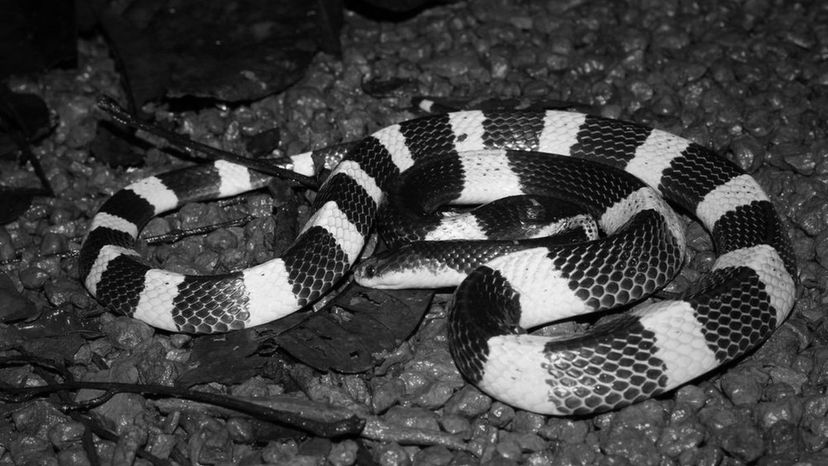
The blue krait, sometimes called the Malayan krait, is a species of venomous snakes found in southeast Asia and Indonesia. It is known for having stripes of dark brown, black or bluish-black crossbands on its body and although it is a fairly friendly snake, its venom has a mortality rate of 70 percent in people who do not seek treatment.

The eastern green mamba, sometimes known as common mamba, is a large tree-dwelling venomous snake found on coastal regions of East Africa. The females are known to grow to more than 6 feet in length, while the males are slightly smaller. Its venom contains cardiotoxins and neurotoxins and is rapidly fatal.
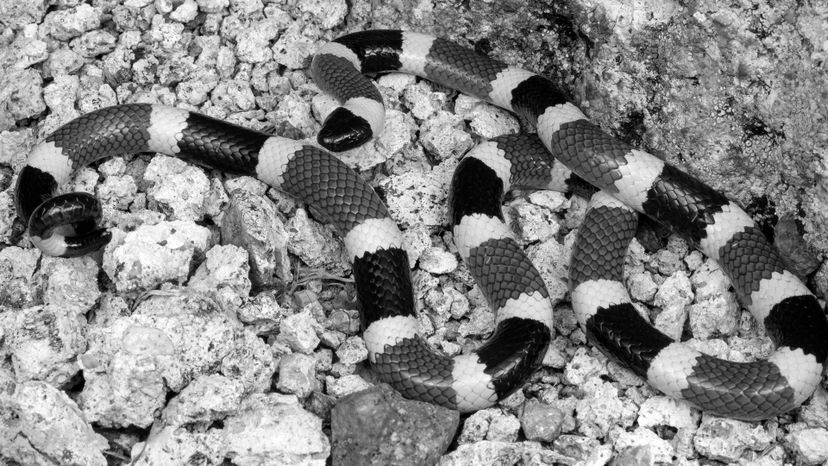
The western coral snake is a brightly colored snake whose venom is said to be twice as powerful as the rattlesnake. It can be found in states like Arizona, New Mexico and some parts of Mexico where they live in many different habitats.
Advertisement
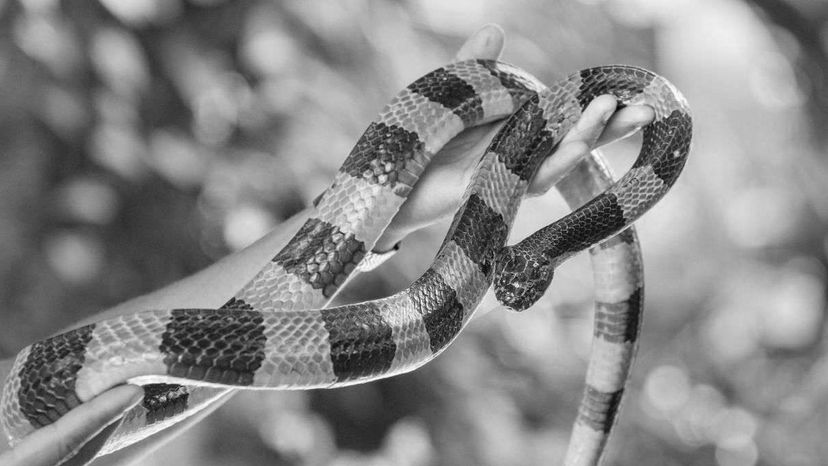
The many-banded krait, sometimes called the Taiwanese or Chinese krait, is a highlight venomous species of snakes found in China and South East Asia. The bites from these snakes are itchy, but within one to six hours, people can develop ataxia, tunnel vision, difficulty breathing, and death, in some cases.
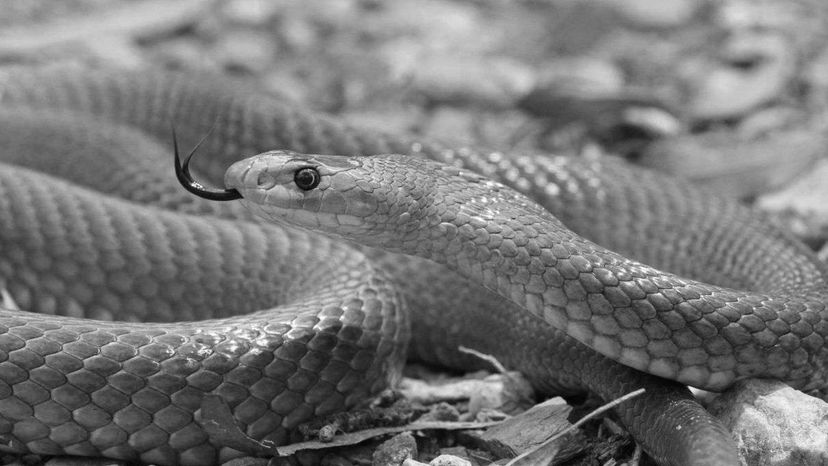
The western brown snake, sometimes called gwardar, is a species of snakes native to Australia. It is known for being extremely fast and although its venom is not the most toxic, because of the quantity of venom delivered when the snake bites, it can be fatal.

The common death adder is a species of death adders native to Australia where it is one of the most venomous land snakes both there and in the world. Its venom contains a highly toxic neurotoxin that causes paralysis and death within six hours of a bite.
Advertisement
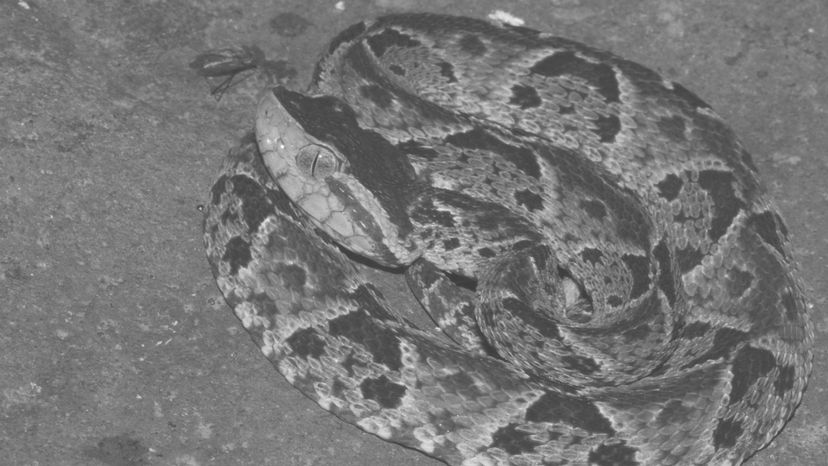
The Bothrops asper, sometimes called the fer-de-lance, is a highly venomous viper that can be found between Mexico and South America, where it is known as one of the most dangerous snakes. It is the leading type of snake bites in its area and its venom causes symptoms ranging from hypotension, acute renal failure, and hemorrhagic shock.
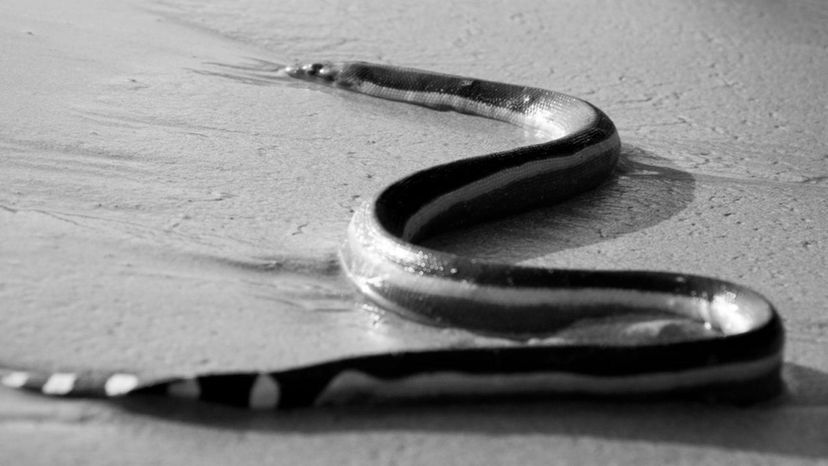
The yellow-bellied sea snake is a species of snakes found in tropical waters around the world. Its venom is highly potent and can cause renal damage, neuromuscular paralysis and myoglobinuria if anti-venom is not administered.
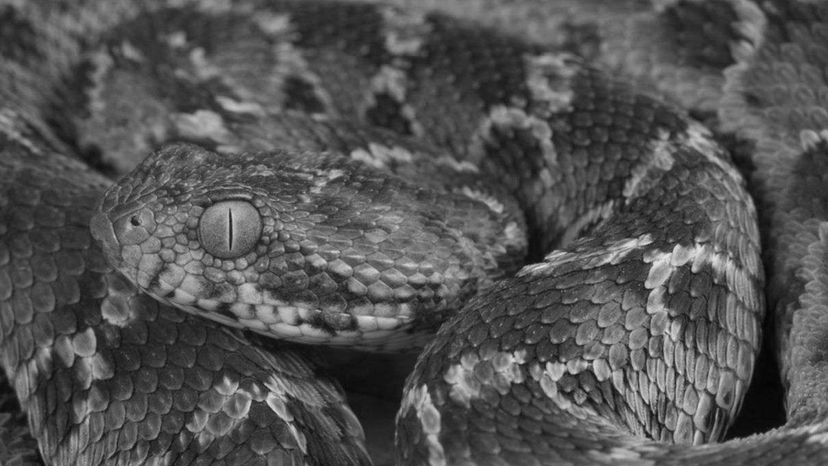
The saw-scaled viper, sometimes called the carpet viper, is a genus of venomous vipers found in different African and Asian countries. These snakes are known for making a “sizzling” warning sound when they feel threatened. The genus includes some of the species responsible for the most deaths caused by snake bites in the world.
Advertisement
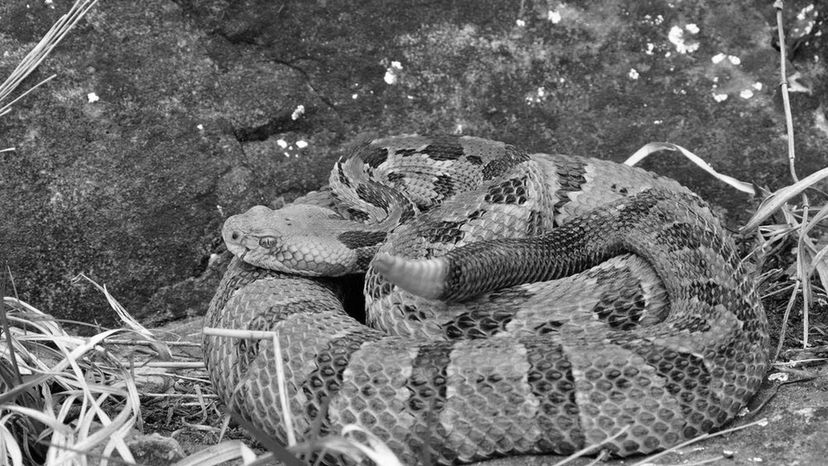
The Timber rattlesnake, sometimes called the canebrake rattlesnake, is a species of pit vipers found in the eastern regions of the United States. It is the state reptile of West Virginia and because of its long fangs and high venom yield, it is one of the most dangerous. Before attacking, it is known to rattle its tail.
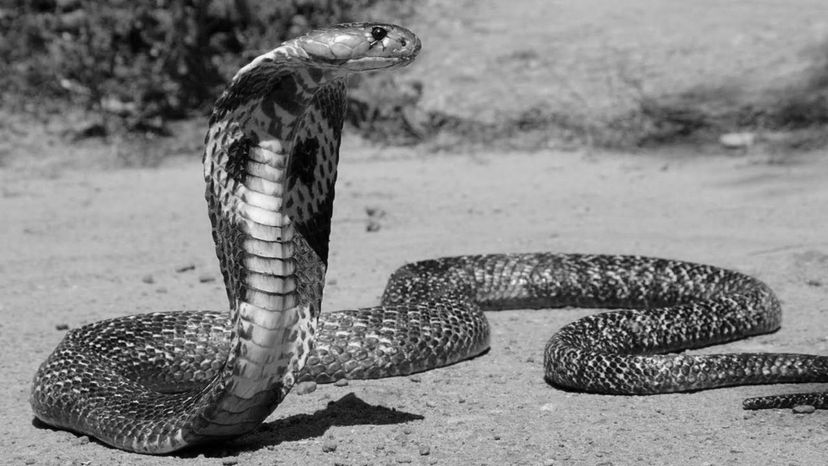
The Philippine Cobra is a venomous species of spitting cobras found in the northern regions of the Philippines. Its venom is a very potent postsynaptic neurotoxin that causes respiratory paralysis by interrupting nerve signal transmissions.
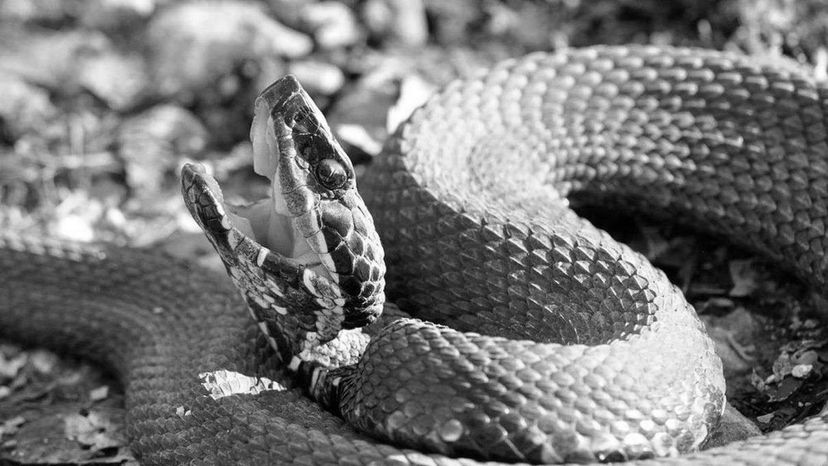
The cottonmouth snake is a species of pit vipers found in the southeastern United States. Its venom contains a cytotoxin that destroys human tissue and often requires amputation at the bite site. Bites from the snake are frequent in the Mississippi River Valley but fatalities are quite rare.
Advertisement
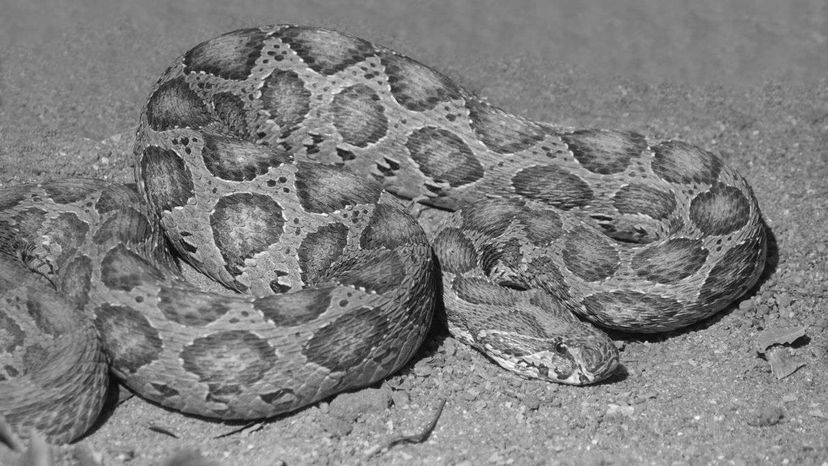
Russell’s viper is a species of Old World venomous vipers found throughout the Indian subcontinents, Taiwan, and China. Named after the herpetologist who first described it, a bite from this snake can cause bleeding from the gums and urine within 20 minutes after the bite and necrosis of muscle tissue if severe.
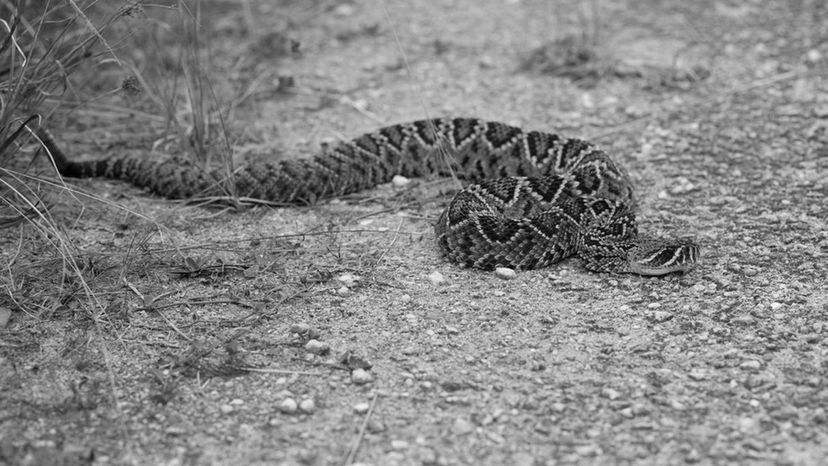
The eastern diamondback rattlesnake is a pit viper found in the southeastern United States. It is the largest rattlesnake and was given its name because of the diamond-shaped pattern of its scales. The snake has been called the most dangerous in North America and is able to cause hemorrhagic and hemolytic symptoms.
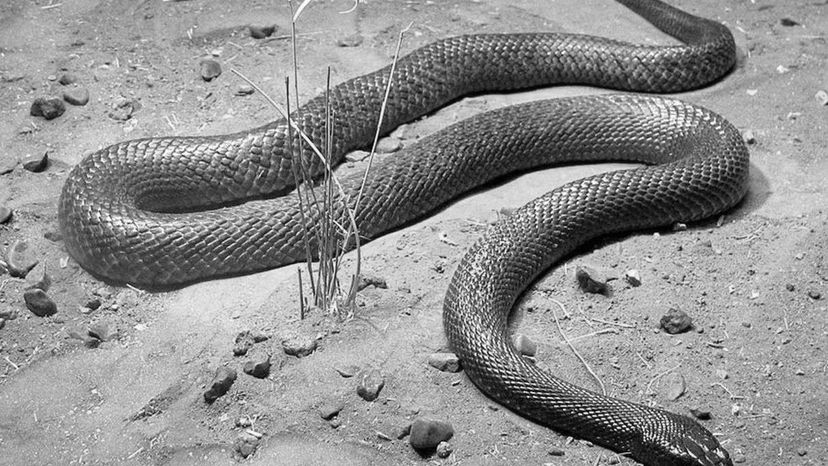
The inland taipan, sometimes called the small-scaled snake, is the most venomous snake in the world and it is only found in Australia. It has been estimated that the venom from one bite from this snake is enough to kill at least 100 adult men in as little as 30 minutes if left untreated.
Advertisement
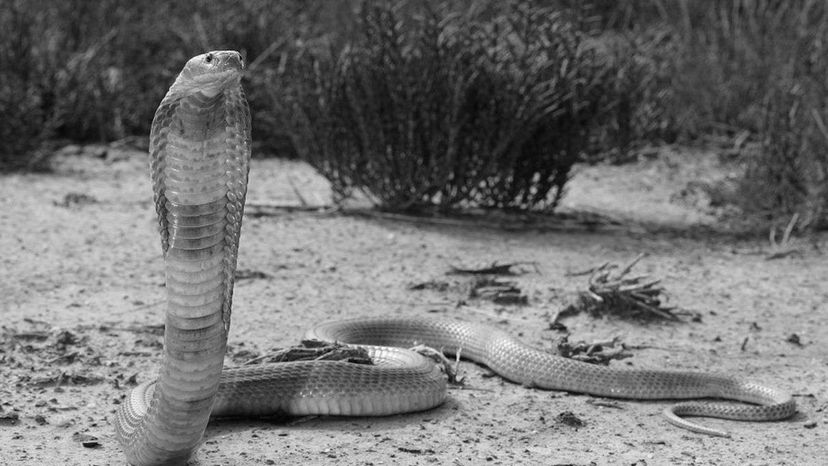
The Caspian cobra, sometimes called the Russian cobra, is a species of cobras found in the Transcaspian region across different Asian countries. It is the most venomous species of cobras in the world and can cause paralysis and respiratory failure if massive amounts of antivenom are not administered.
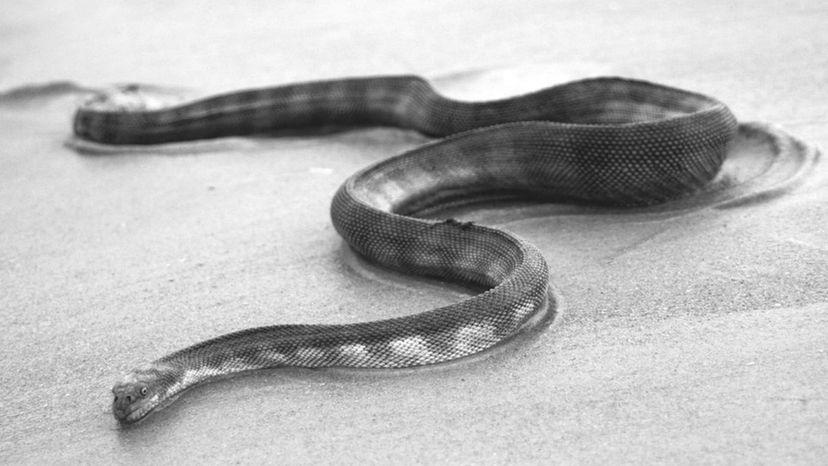
The beaked sea snake, sometimes called the hook-nosed sea snake, is a highly venomous snake found in the tropical waters of the Indo-Pacific oceans. It is responsible for more than half of the bites caused by sea snakes, and up to 90 percent of all the deaths caused by them (due to its myotoxins and neurotoxins).
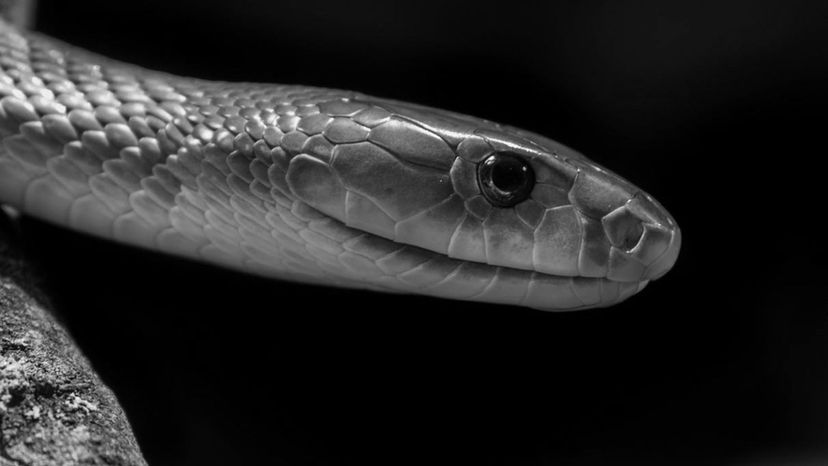
The black mamba is a venomous snake endemic to sub-Saharan African countries where it is considered to be one of the most venomous snakes there. These snakes are reported to grow to lengths exceeding 14 feet and their venom is known to cause collapse within 45 minutes of a bite.
Advertisement
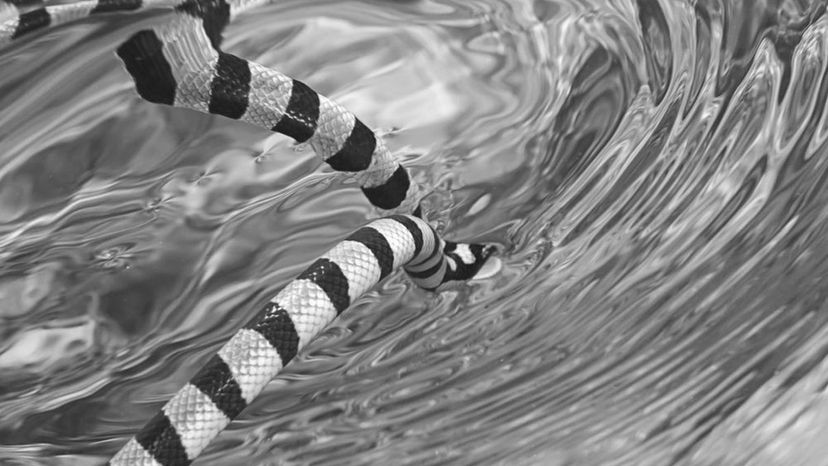
Belcher’s sea snake, sometimes called faint-banded sea snake, is an extremely venomous species of snakes found in the waters of the Indian Ocean. These snakes can hold their breath for seven to eight hours and are said to be very docile creatures, rarely envenoming those whom they bite.
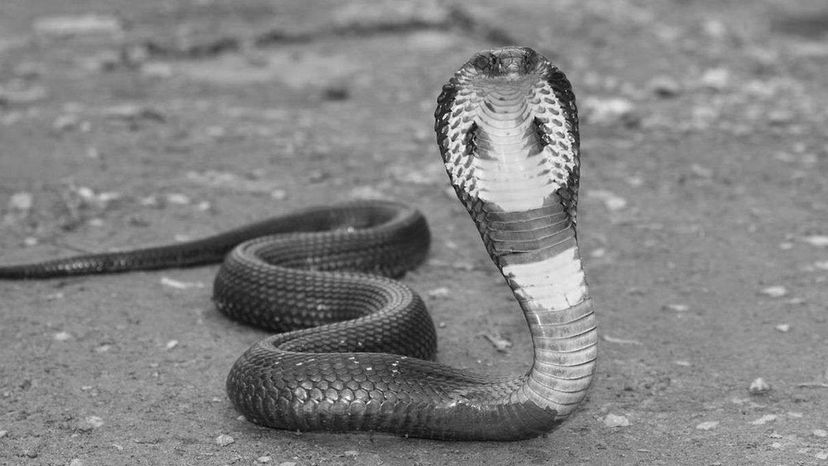
The forest cobra, sometimes called the black and white-lipped cobra, is a species of venomous snakes native to central and western African countries. It is the largest of the true cobras and its venom contains a neurotoxin which can cause shock, fever, neurological, and respiratory symptoms.
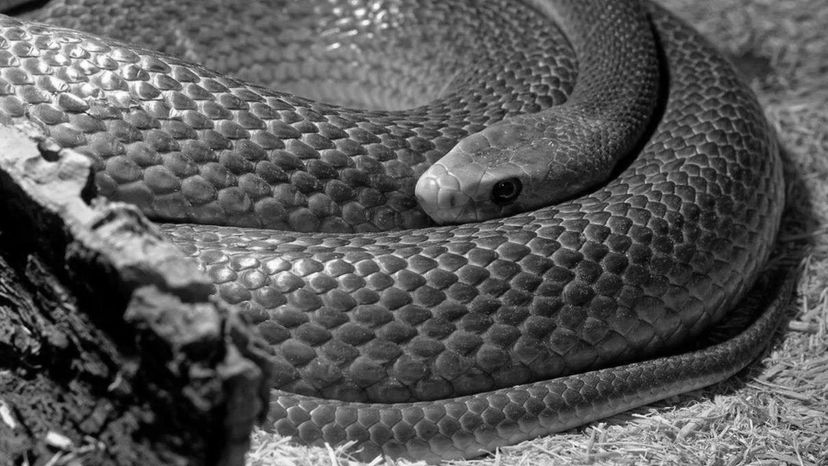
The Coastal Taipan, sometimes called the Common Taipan, is a species of large venomous snakes found in Australia and New Guinea. Some toxicology studies claim that it is the third most venomous land snake in the world as its untreated bites are 100 percent fatal and can occur in as little as three hours.
Advertisement
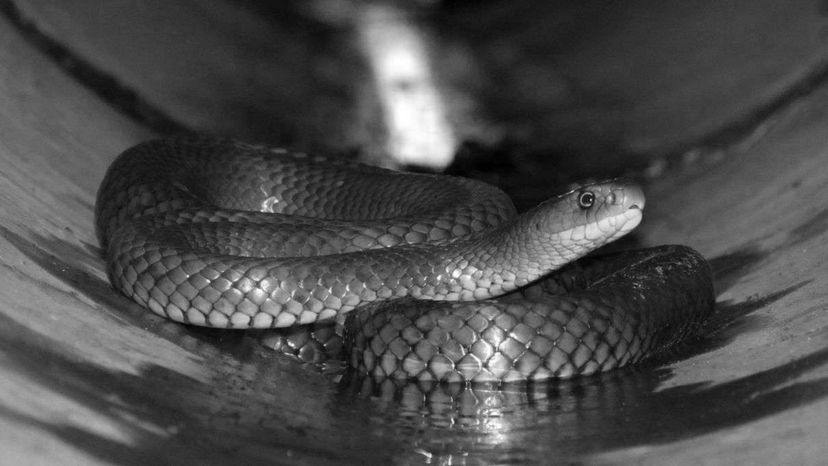
The eastern brown snake, sometimes called the common brown snake, is an extremely venomous snake native to Australia and New Guinea. After the Inland Taipan, it is the second -most venomous land snake and it is responsible for 60 percent of snakebite deaths in the country.
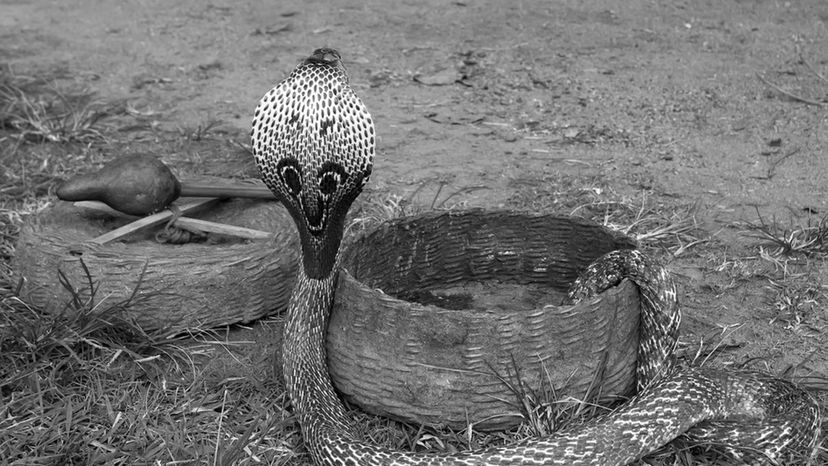
The Indian cobra, sometimes called the speculated cobra, is a species of cobras found in southeast Asian countries. The snake is very significant to Indian culture and mythology and is protected under the Wildlife Act. The venom contains neurotoxins are cardio toxins that can cause respiratory failure and cardiac arrest.
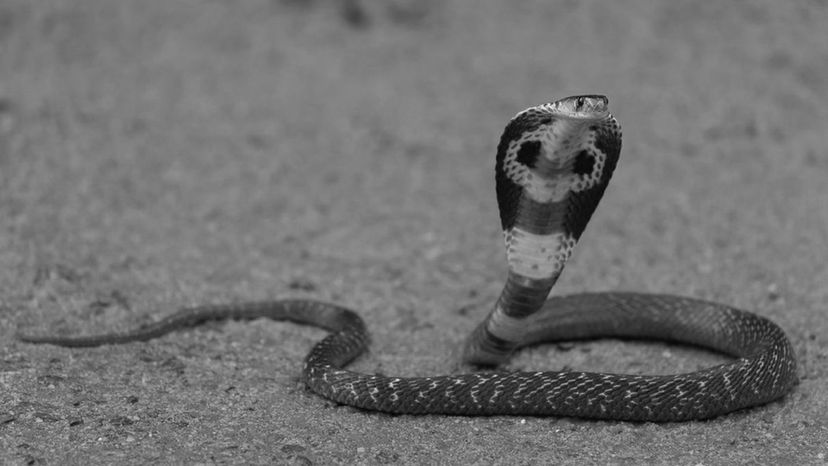
The King cobra, also known as the hamadryad, is a species of venomous snakes endemic to the forests of Southeast Asia and India. They are the longest venomous snakes in the world, with lengths exceeding 19 feet having been recorded. Its venom causes central nervous system effects and can progress to cardiovascular collapse.
Advertisement
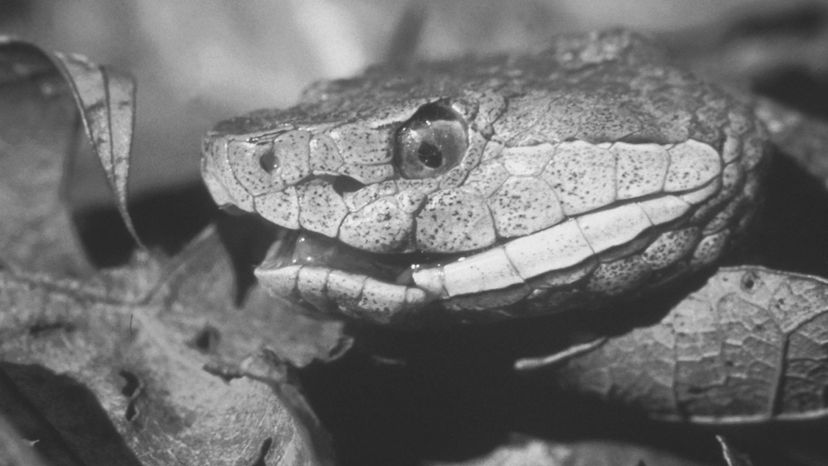
The copperhead snake is a species of venomous snakes endemic to regions in eastern North America. The snakes are said to be non-aggressive, but they have been known to give a “warning bite” with a small amount of venom if they are agitated.
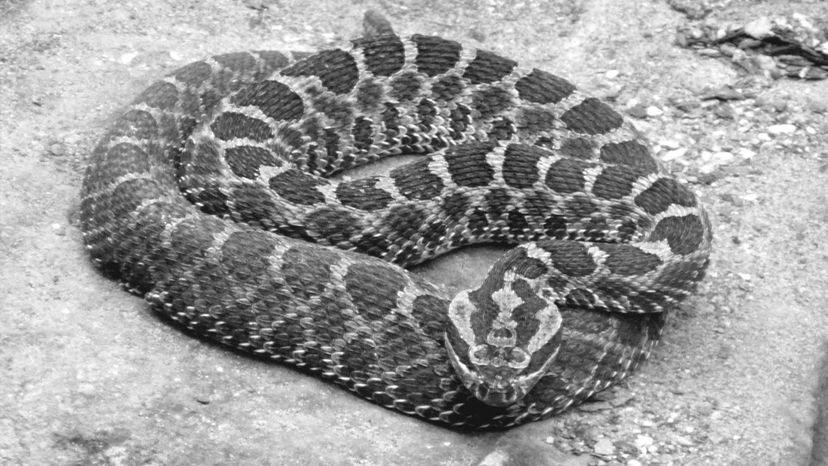
The Massasauga is a species of rattlesnakes found in parts of Ontario, Mexico, and the Midwestern regions of the United States. Its venom is cytotoxic and is known for destroying tissue, disrupting blood flow, and preventing clotting.
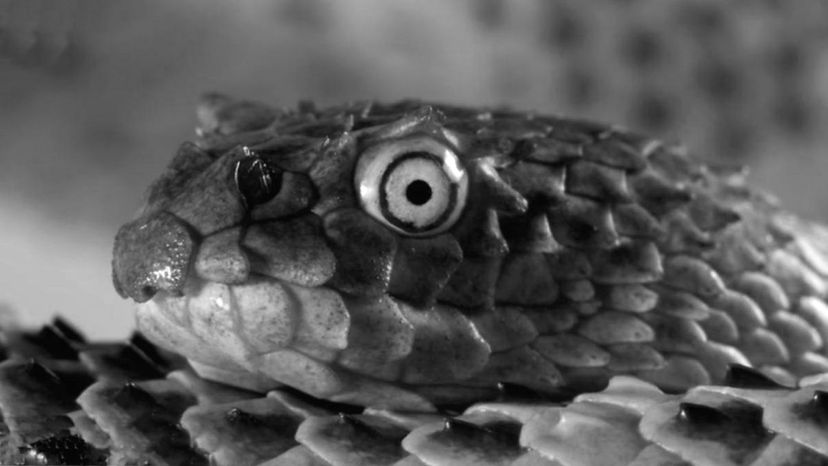
Peron’s sea snake, sometimes called the horned sea snake, is a genus of sea snakes endemic to the waters of the Pacific Ocean. It is called the horned snake because it is the only sea snake which has horn-like scales on its head. Its venom is extremely toxic, but no human bites have been documented.
Advertisement
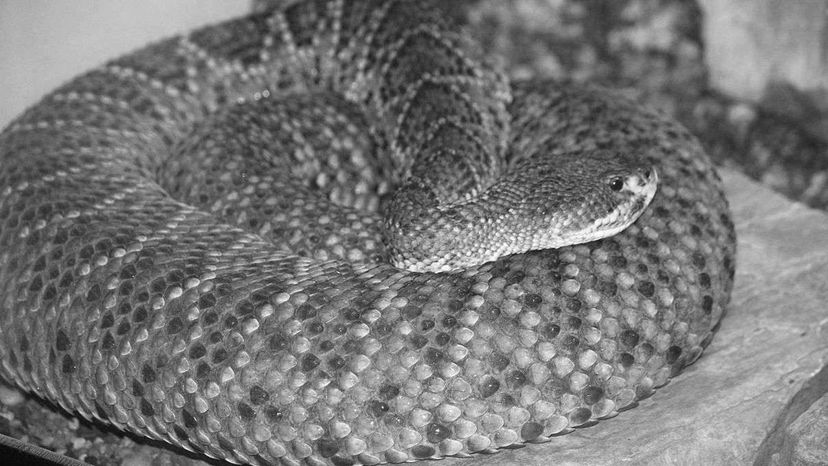
The Mexican dusky rattlesnake is a venomous species of pit vipers found in regions of Mexico. A bite from this snake can cause intense pain and swelling at the bite site, faintness, and cold perspiration.
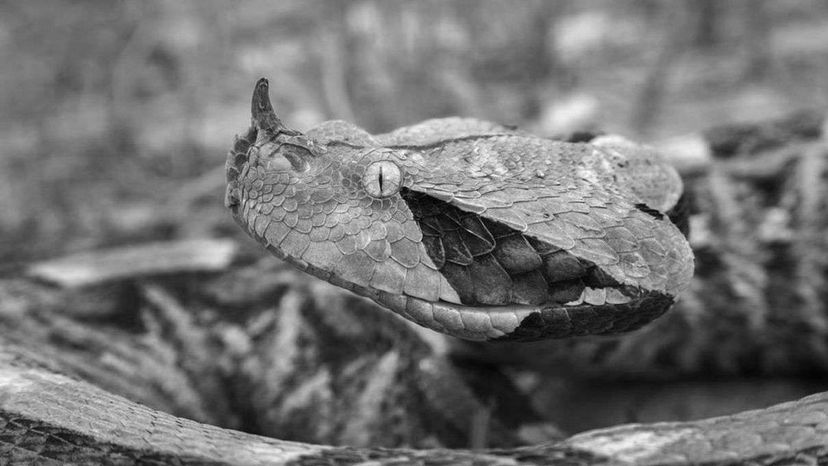
The Gaboon viper is the largest member of the Bitis genus and can be found in the rainforests and savannas of sub-Saharan Africa. Its fangs are said to be as long as two inches and although bites are extremely rare, they can cause a range of symptoms, including swelling of the tongue and eyelids, necrosis, hypotension, and internal bleeding.
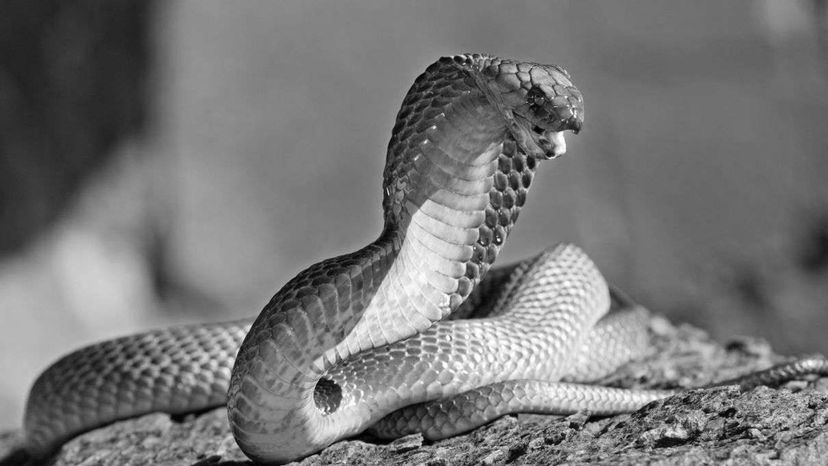
The Cape Cobra, sometimes called the yellow cobra, is a highly venomous species of Cobra found in a variety of habits in the southern African countries. It is regarded as one of the most dangerous species of Cobra because it is frequently seen around houses and its venom is known to have serious effects on the respiratory, nervous, and cardiovascular systems.
Advertisement
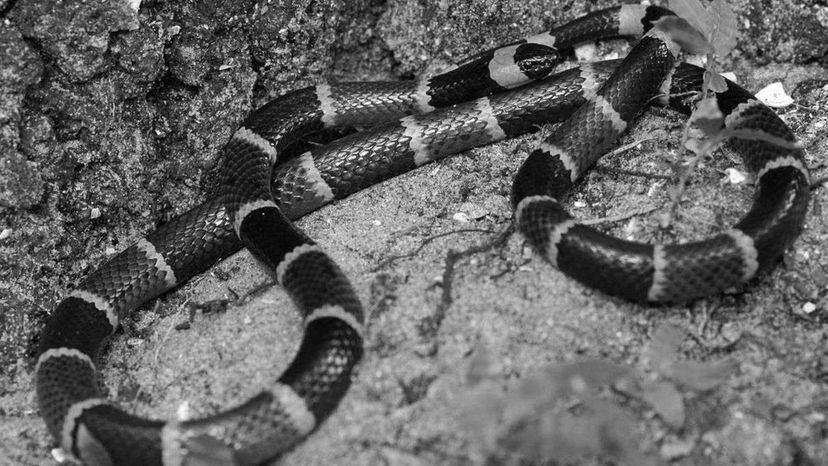
The eastern coral snake, sometimes called the common coral snake, is a species of venomous snakes found in the southeastern regions of the United States. Bites from this snake are unpredictable as many of them are “dry,” but the snake’s venom is able to kill up to five adults.
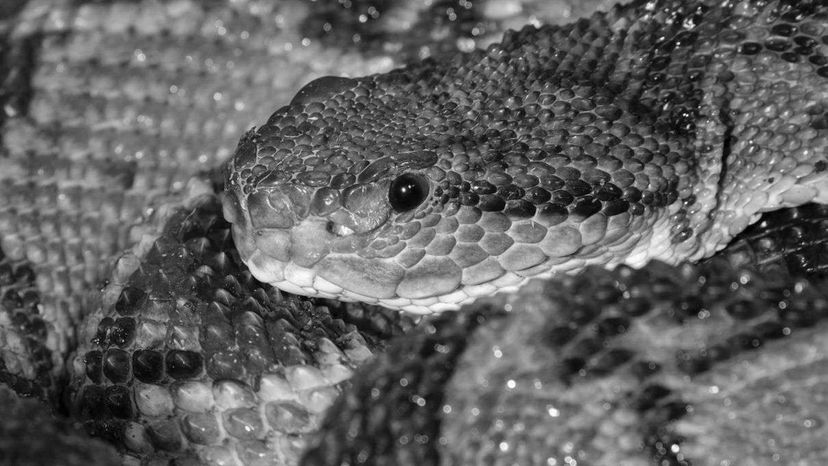
The South American bushmaster is a venomous pit viper found in South America, as well as the Caribbean islands of Trinidad and Tobago. The toxicity of the venom is undetermined but is said to have a high mortality rate in people who have been bitten.
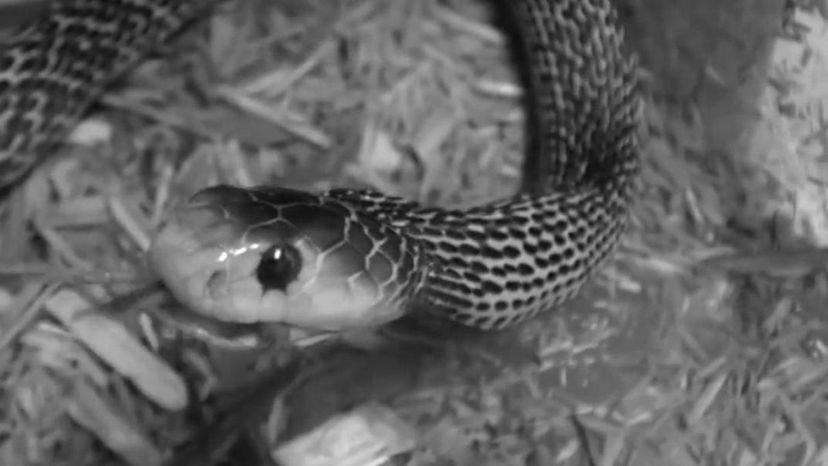
The Samar cobra, sometimes called the southern Philippine cobra, is a venomous spitting cobra native to the Visayas and the Mindanao islands in the Philippines. Its venom contains a neurotoxin known to cause respiratory distress, and tissue necrosis at the site of the bite.
Advertisement
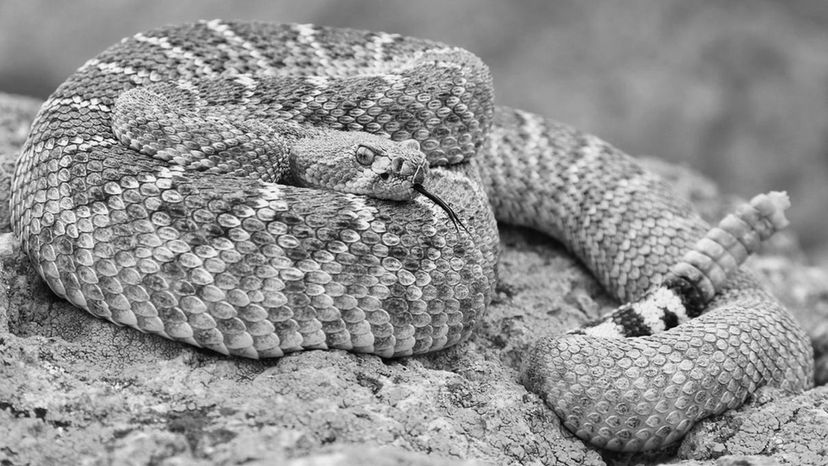
The western diamondback rattlesnake, sometimes called the Texas diamond-back, is a venomous species of rattlesnakes found in the southwestern United States and Mexico. It is said to be responsible for the majority of snakebite mortalities in northern Mexico as its venom contains cytotoxins and myotoxins that can cause the cardiovascular system to fail.